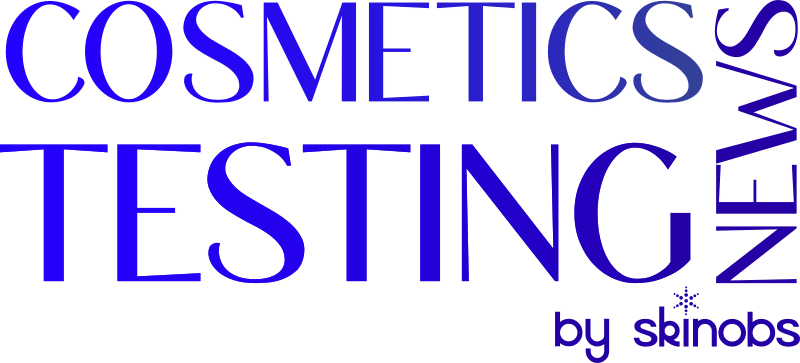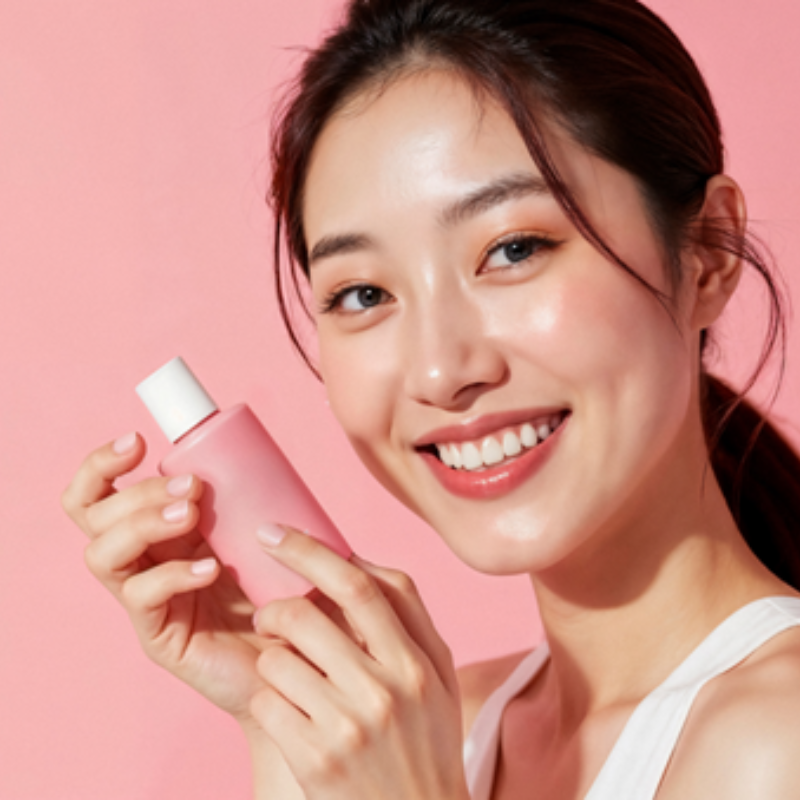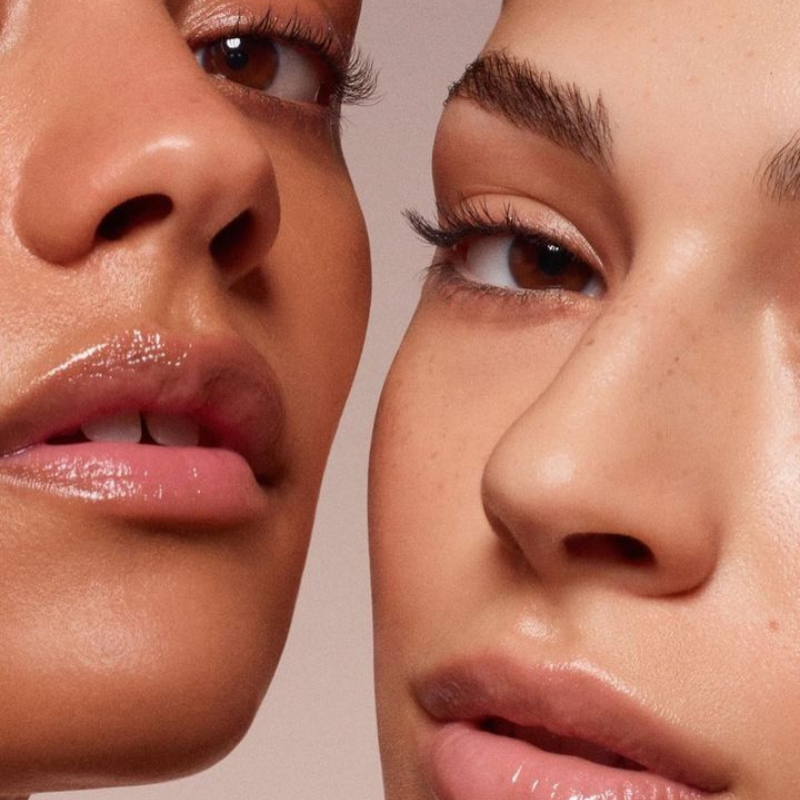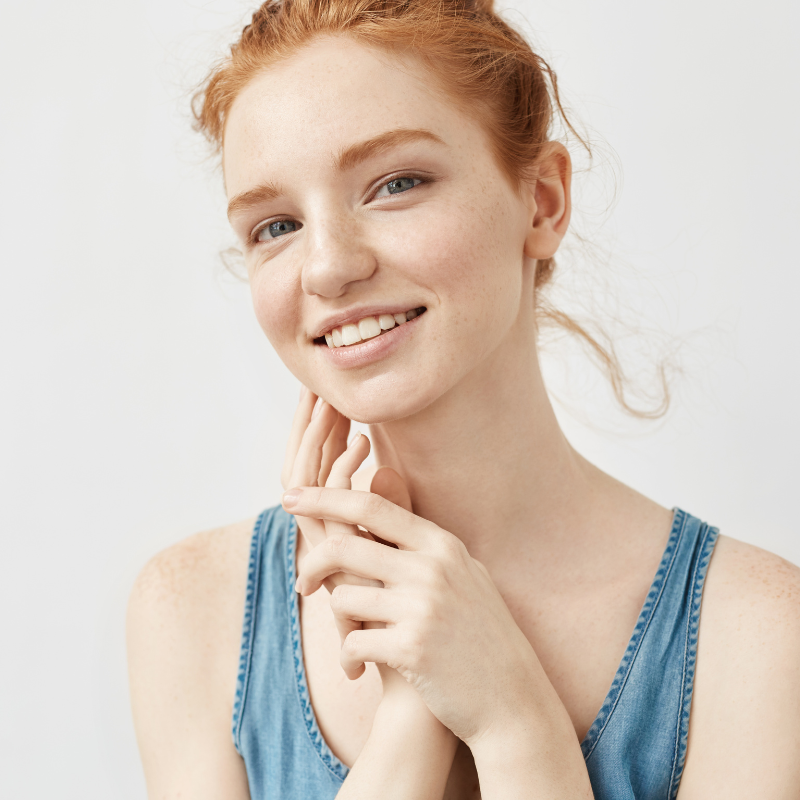1.Holistic properties are at the heart of cosmetic product claims. As a sensory expert, what are the approaches that you think are essential today to evaluate this performance?
To evaluate the holistic properties of cosmetic products, approaches combining both objective and subjective methods are essential. Multisensory analysis, which integrates the three components of assessing emotion—cognitive, physiological, and behavioral—captures the overall experience offered by the product. Real-world consumer testing is also essential to gather data on users’ subjective and emotional perception.
Neuroscientific approaches are increasingly being used, such as electroencephalography (EEG), which offers precise measurements of brain waves to cosmetic stimuli. These technologies make it possible to understand how a product activates certain brain waves associated with appreciation or stimulation.
Finally, the integration of biometric data, such as the galvanic response of the skin or heart variations, completes this evaluation by providing a physiological dimension. These combined methods provide a holistic and consistent view of holistic product performance.
2.In your opinion, today, what are the key factors to consider when evaluating cosmetics for neurocosmetics?
When evaluating neuro-cosmetics or psycho-sensory, it is essential to consider the following aspects: i) Overall sensory perception: A fundamental criterion in cosmetics, as the product must be evaluated for its ability to engage the senses in a harmonious way, highlighting the three characteristics, texture, fragrance, and application on the skin. ii) Induced emotions: It is crucial to identify the positive emotions or memories evoked by the product, using standardized emotion scales associated with neuroscientific approaches. iii) Physiological impact: Biometric methods are used to observe bodily reactions to the product, such as muscle relaxation (EMG) or autonomic responses. iiii) Diversity of user profiles: Cultural, gender and age differences influence the sensory reception of products. A personalized approach is needed to understand the nuances of each group. Finally, it is essential to consider individual diversity (age, culture, genetic predispositions) and contextual diversity (climate, environment of use) so that the evaluation reflects the overall consumer experience, which is often difficult to implement budgetary.
3.How do you perceive the influence of artificial intelligence in neurosensory analysis in cosmetics?
Artificial intelligence (AI) is already present in neurosensory analysis in cosmetics, offering powerful tools to interpret complex data. For example, AI algorithms can quickly analyze millions of data points from neuroscientific studies, such as EEG signals, emotions related to facial expressions or unconscious measurements via Eye-Tracking technology.
AI can detect subtle trends and correlations and facilitate product personalization by predicting an individual’s sensorimotor reactions based on their user profile. Machine learning models help simulate and predict sensory experiences even before a product is developed.
However, this influence is not without limits. Human emotions and perceptions remain inherently subjective experiences that AI cannot fully replace. The ideal is a hybrid approach, where human expertise complements the analytical capabilities of AI to ensure a nuanced and accurate assessment. However, its integration requires an ethical and transparent approach, especially in the collection and processing of sensitive data, such as brain, heart or emotion responses.
4.And if you were asked to read through a crystal ball, what would you predict the future of psychosensory analysis?
In the future, this discipline will probably merge more with artificial intelligence, neuroscience and big data to meet increasingly individualized expectations. Consumers will be looking for products that can provoke specific emotions, combined with rich and unique sensory experiences.
The biometric tools already mentioned, such as electroencephalograms or facial micro-expression sensors, will become common for measuring the emotional impact of textures, scents and colors. Coupled with AI, they will make it possible to refine formulations according to the emotional state and instant preferences of users. Cosmetics will become a powerful lever for mental well-being, being part of a holistic approach. Psychosensory analysis will evolve towards an even deeper integration of advanced technologies and the human sciences. In the short term, we will see an increased adoption of immersive tools, such as virtual reality (VR) and augmented reality (AR), to simulate realistic assessment environments.
In the medium term, the data from the psychosensory analysis will be integrated into interconnected platforms, allowing for extreme customization of products according to individual profiles. Real-time evaluations via wearable sensors and mobile apps will make these tests accessible to a wider audience.
Finally, in the long term, psychosensory analysis will move towards a holistic approach, where chemistry, biology, neuroscience and AI will collaborate to create products that are perfectly aligned with the sensory and emotional needs of individuals. In short, psychosensory analysis will become a central pillar of cosmetic design, bringing consumers’ aspirations and the solutions offered by brands ever closer together.
Patrice Bellon is a Doctor of Pharmacy from the Université de Pharmacie de Paris and a Doctor of University from the Faculté de Pharmacie de Lille. Patrice Bellon has been President of Cosmetoscent since July 2015, an innovator in Neurofragrances and Psychocosmetics. He is the former President of the Société Française de Cosmétologie (SFC), and an honorary member of the Société Française de Parfumerie (SFP). Patrice Bellon has extensive experience of innovation management, notably as a managing director and chief pharmacist. He was then appointed director of research and development in the cosmetics sector for international groups, and vice-president of innovation and applied research in the perfumery sector. He is an international lecturer specializing in Neuroscience, Cosmetic and Perfumery Technologies. He is also a visiting lecturer at several French universities.





